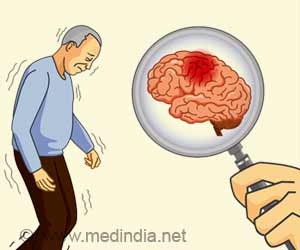Subthalamic nucleus is a likely target for pain relief in Parkinson's disease (PD), finds a new study

‘Deep brain stimulation treatment in the subthalamic nucleus can not only aid with the movement-related symptoms of Parkinson's disease (PD) but also decreases pain.’





People with PD often report unexplained pain such as burning, stabbing, aching, itching or tingling sensations that are not directly related to their other PD symptoms. Treatment with deep brain stimulation in the subthalamic nucleus can help with the movement-related symptoms of PD, but recent studies have shown it also reduces pain. The way it does this, however, is currently unclear.
"In this study, we set out to determine whether the subthalamic nucleus is involved in translating a harmful stimulus such as injury into pain, and whether this information transmission is altered in PD," explains lead author Arnaud Pautrat, PhD Student at Grenoble Institut des Neurosciences (Inserm, National Institute for Health and Medical Research/University Grenoble Alpes), France.
The team started by using electrophysiology to measure the firing of electrical signals in nerve cells in the subthalamic nucleus of rats given a shock to their back paw. Nerve cells were indeed temporally activated by this stimulation. They also found that the neurons fell into three response groups, showing an increase, decrease or no change in their baseline firing rate.
They next looked at whether these responses caused a change in brain function. Rats with a damaged subthalamic nucleus took much longer to show signs of discomfort than healthy rats. When they expanded their study to rat models of PD, the team found that nerve cells in the subthalamic nucleus had higher firing rates and the responses to pain were bigger and longer than in the healthy animals. Taken together, this suggests that dysfunctional pain-processing pathways in the subthalamic nucleus are the cause of PD-related pain.
Advertisement
As a result, the team believes this pathway is likely to be involved in the beneficial effects of deep brain stimulation on pain in PD and that these novel insights could help to target stimulation to specific parts of the brain to make it more effective as a pain reliever.
Advertisement
"Further experiments are now needed to fully characterise the effects deep brain stimulation on this brain region in our experimental models, with a view to finding ways to optimise it as a treatment for pain caused by Parkinson's and other neurological diseases."
Source-Eurekalert















